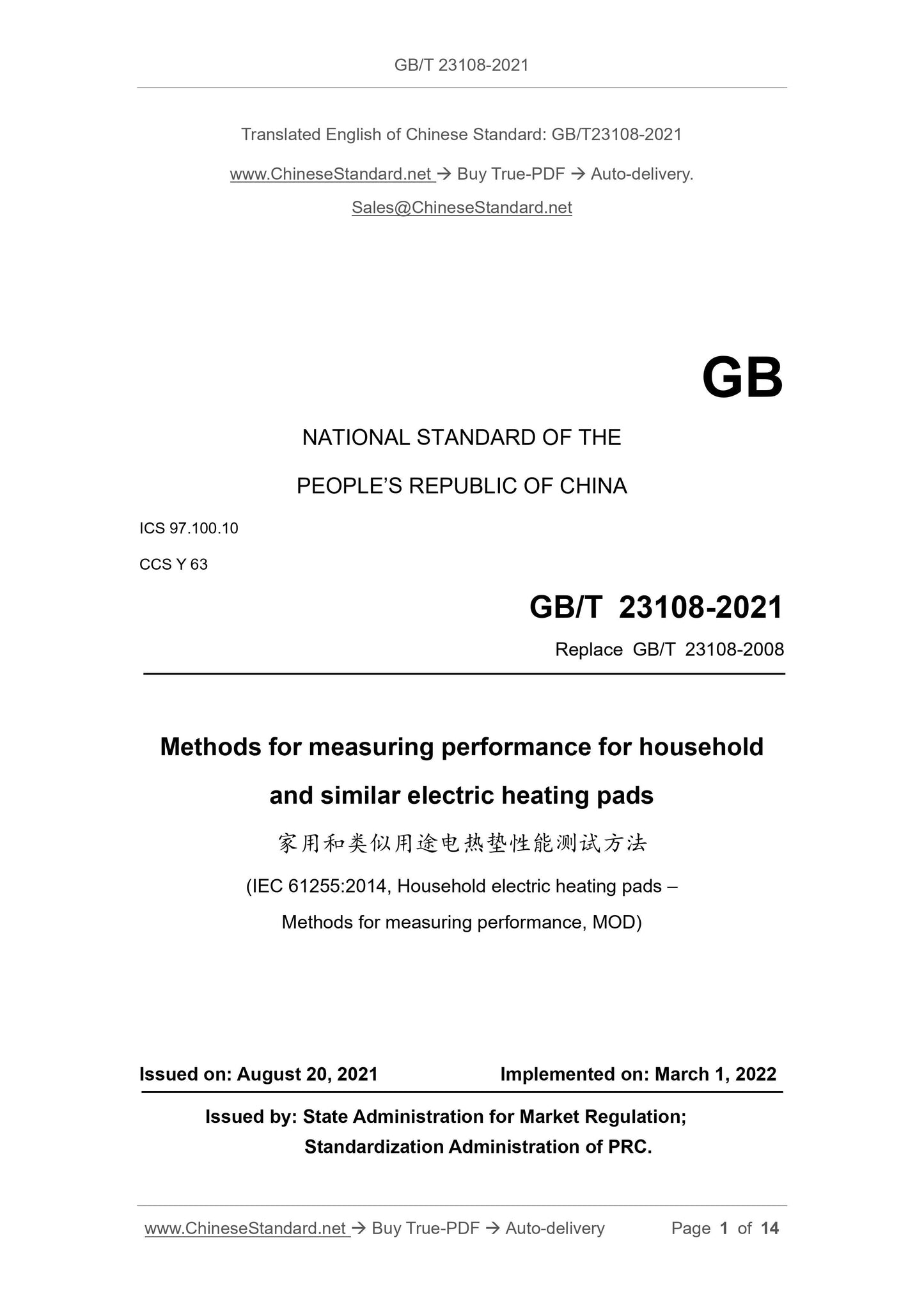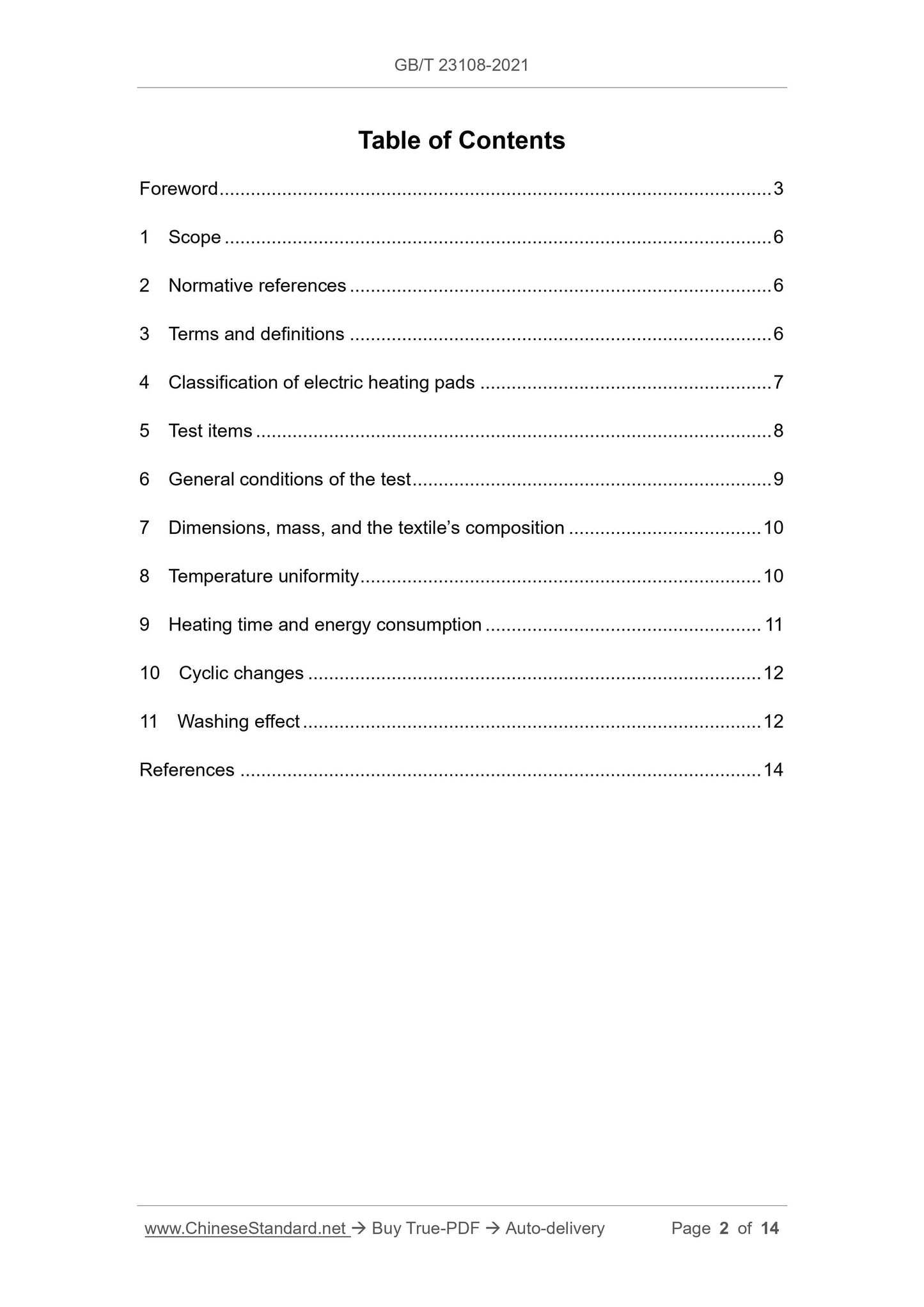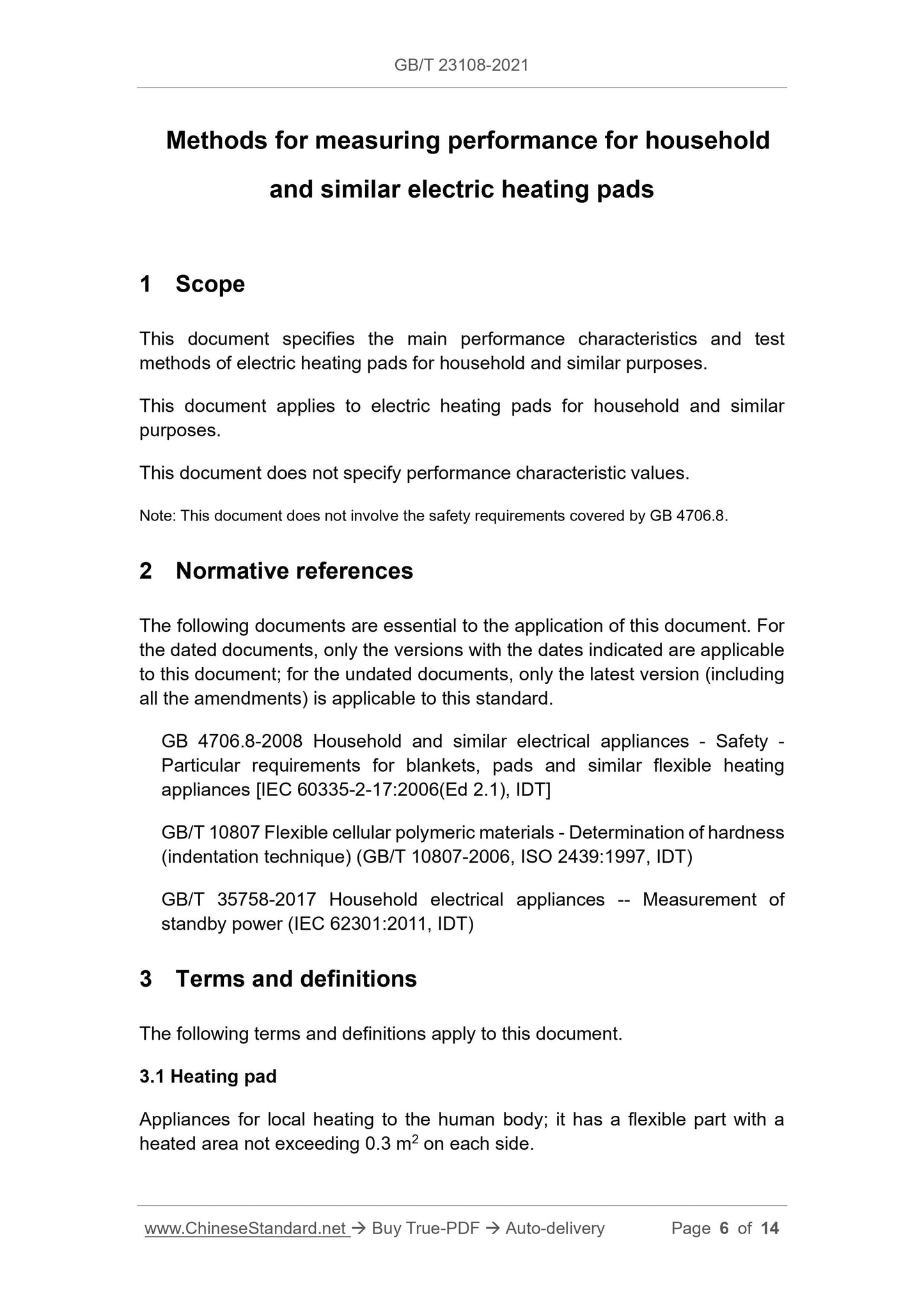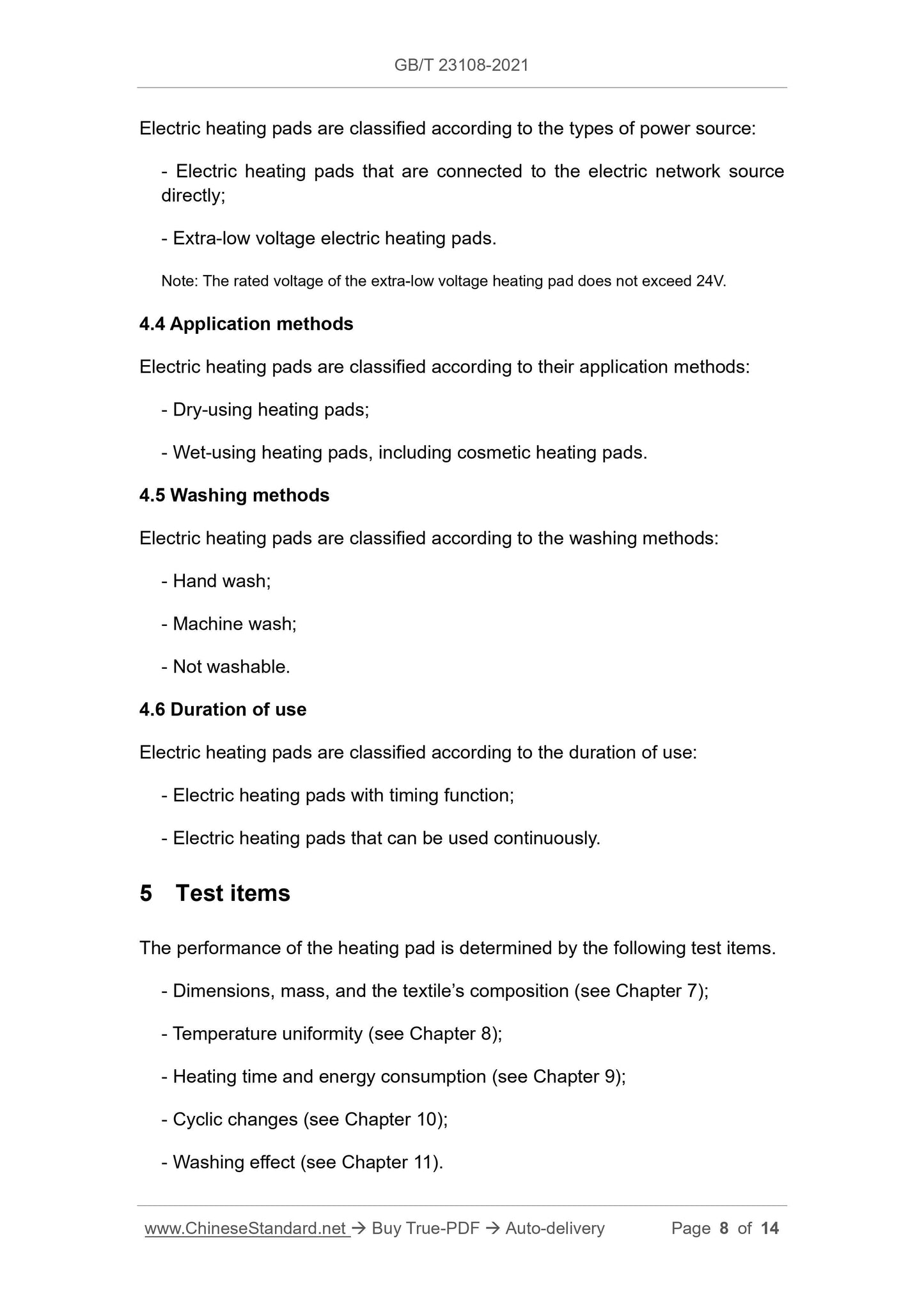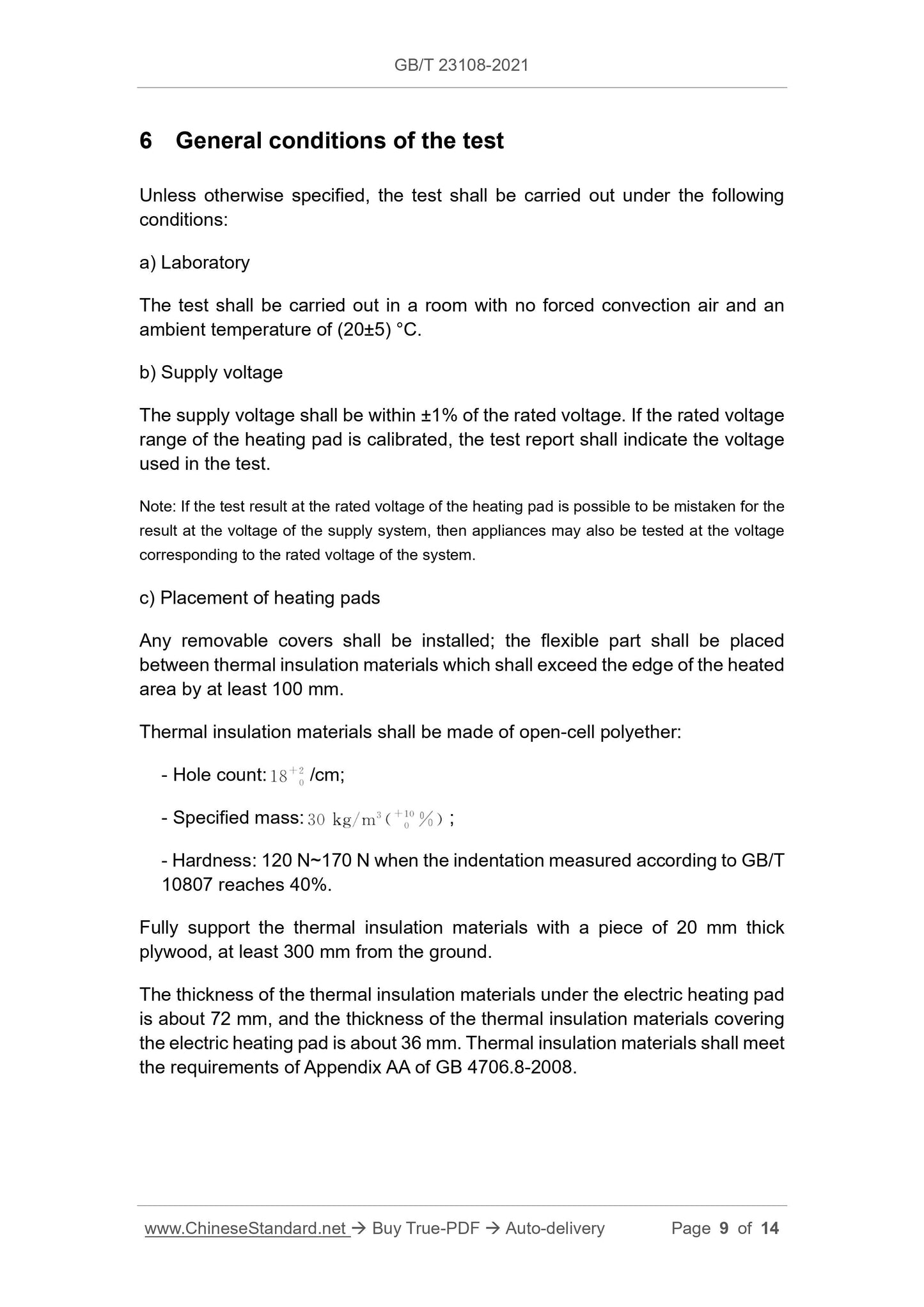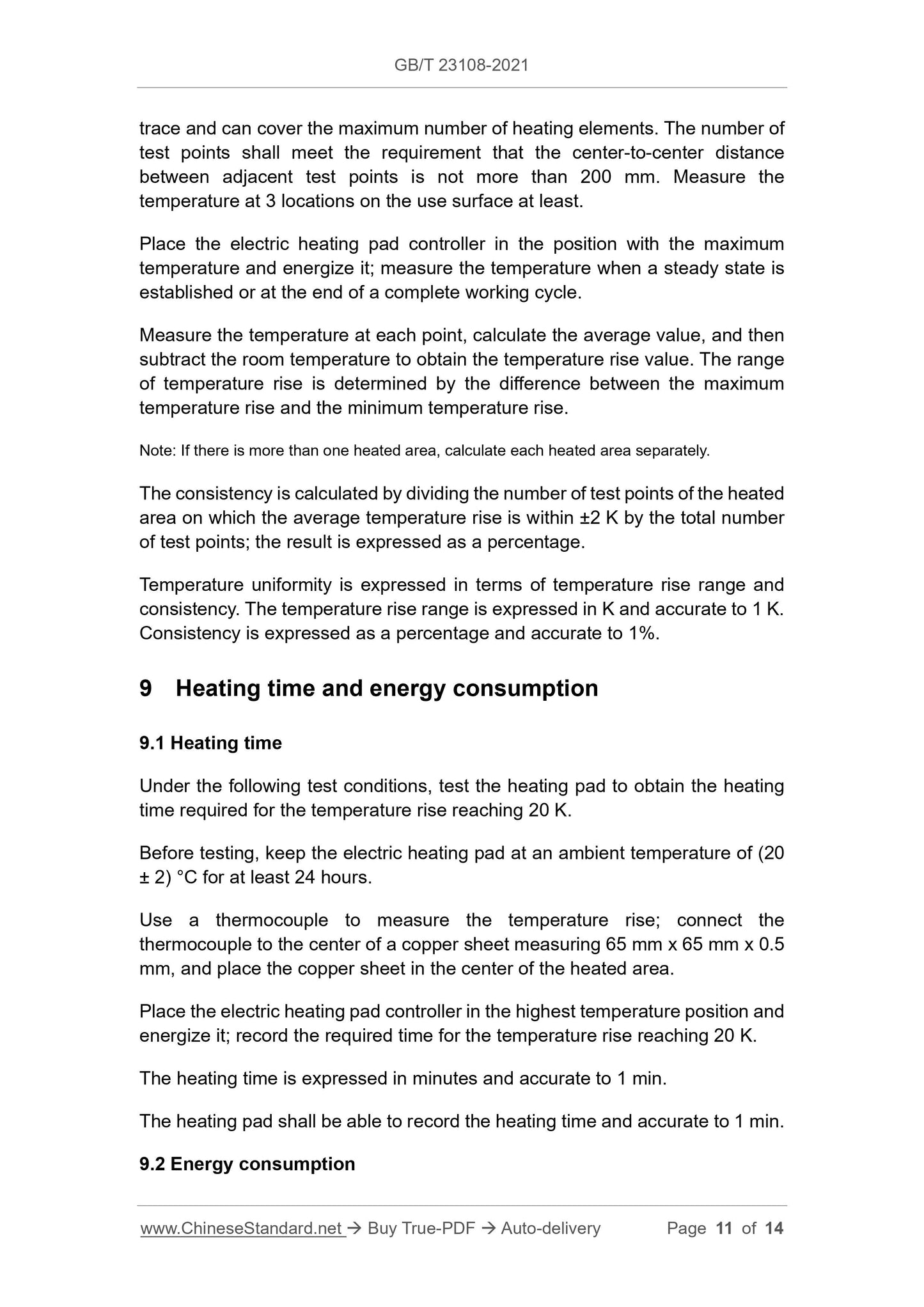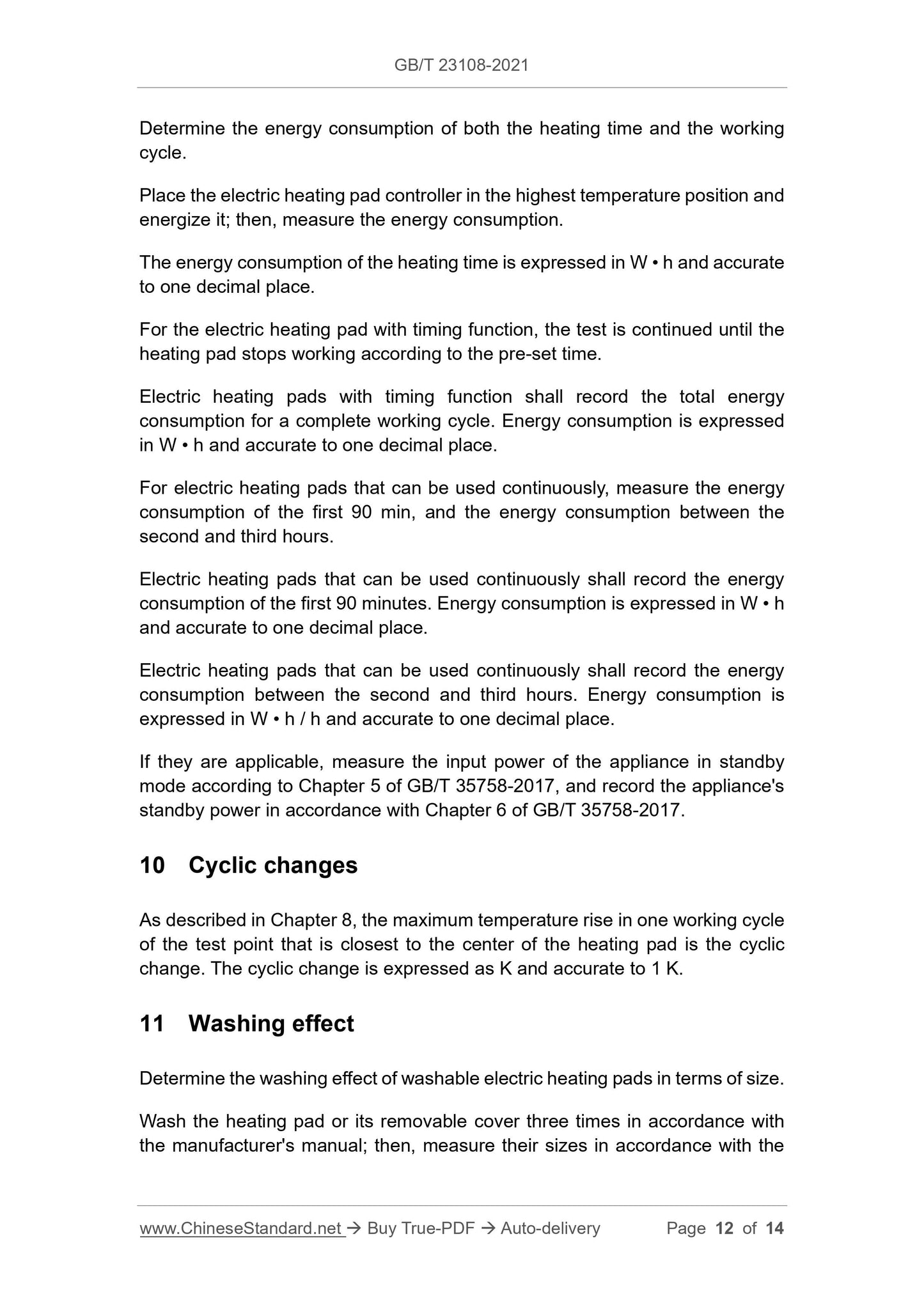1
/
of
7
www.ChineseStandard.us -- Field Test Asia Pte. Ltd.
GB/T 23108-2021 English PDF (GB/T23108-2021)
GB/T 23108-2021 English PDF (GB/T23108-2021)
Regular price
$170.00
Regular price
Sale price
$170.00
Unit price
/
per
Shipping calculated at checkout.
Couldn't load pickup availability
GB/T 23108-2021: Methods for measuring performance for household and similar electric heating pads
Delivery: 9 seconds. Download (and Email) true-PDF + Invoice.Get Quotation: Click GB/T 23108-2021 (Self-service in 1-minute)
Newer / historical versions: GB/T 23108-2021
Preview True-PDF
Scope
This document specifies the main performance characteristics and testmethods of electric heating pads for household and similar purposes.
This document applies to electric heating pads for household and similar
purposes.
This document does not specify performance characteristic values.
Note: This document does not involve the safety requirements covered by GB 4706.8.
Basic Data
| Standard ID | GB/T 23108-2021 (GB/T23108-2021) |
| Description (Translated English) | Methods for measuring performance for household and similar electric heating pads |
| Sector / Industry | National Standard (Recommended) |
| Classification of Chinese Standard | Y63 |
| Word Count Estimation | 10,123 |
| Issuing agency(ies) | State Administration for Market Regulation, China National Standardization Administration |
Share
